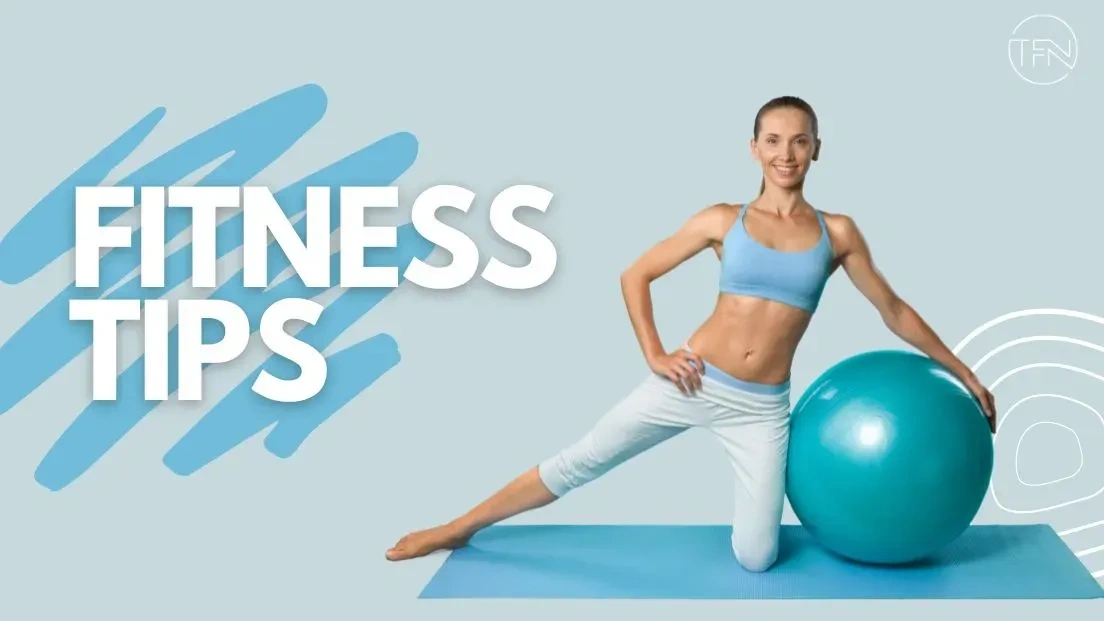
The world is becoming more and more sedentary, which is no secret. In fact, according to the Centers for Disease Control and Prevention, In the US, one in three adults is seen as inactive. This trend is not only bad for your physical health but also bad news for your mental well-being. In fact, according to research, being inactive can lead to a host of problems, including an increased risk of heart disease and stroke. Fortunately, there are ways to combat this trend and sustainably improve your fitness level.
How to start a fitness routine
Begin by setting some goals. For example, you may want to lose 10 pounds in the next six months or improve your endurance by running a five-kilometer race in under 30 minutes. Once you have some goals in mind, start planning your routine.
First, designate a certain day of the week as your "fitness day." On this day, spend at least 30 minutes doing cardiovascular activities such as running, walking, biking, or swimming.
Try to do at least two aerobic workouts per week. These workouts should be challenging but not too daunting. For example, try interval training or hill climbing exercises.
If you're new to exercise and feel overwhelmed by the prospect of a fitness routine, start with one exercise and gradually add more challenging activities over time.
Finally, keep a positive attitude and remember that consistency is key to achieving your fitness goals!
Beginner fitness tips:
- Start with simple exercises: Many new exercisers start by performing the most basic, easy-to-follow exercises. This will help you develop basic movement skills and gradually build strength. Avoid focusing on too many complex movements at once, as this can lead to injury.
- Progress gradually: Another important tip for beginners is to progress gradually when training. This means you should never try to do too much in one session, as this can cause injury and frustration. Instead, focus on improving your performance over time by adding more challenging exercises and modifying your routine accordingly.
- Work out regularly: Finally, it's important to continue working out regularly if you want to see significant results on your fitness journey. Even if you only commit to doing 30 minutes of cardio or exercise each day, these small changes will add up over time and help you achieve your fitness goals!
The best foods for a healthy diet
Many foods can be included in a healthy diet, but some of the best choices are those high in antioxidants. Antioxidants help protect cells from damage and have been shown to improve health overall. They include vitamins A, C, and E and polyphenols like resveratrol. Some of the best food sources of antioxidants include fruits and vegetables, red wine, dark chocolate, olive oil, and nuts.
How to relax after working out
After a long day of working out, relaxing cannot be easy. Here are some tips on how to relax after working out:
- Take a hot bath. A bath is a great way to relieve your tension and stress. Add some aromatherapy or relaxing music to help you melt into the water.
- Get some fresh air. After spending all day indoors, take a walk outside or go for a run in the park. Taking some time outside will help you clear your head and relax.
- Eat something light and healthy. If you're struggling to eat anything, try grabbing a quick snack before bedtime. Ensure that the snacks you choose are light and healthy, so you don't feel weighed down by food later in the night. Consuming unhealthy foods will only make it harder for you to fall asleep.
- Take a relaxing yoga class. Yoga is known for calming the mind and body down quickly. Classes can also be tailored specifically towards relieving stress and tension, so they're a great way to get started if relaxation is an issue for you.
Not medical advice, seek professional help!

